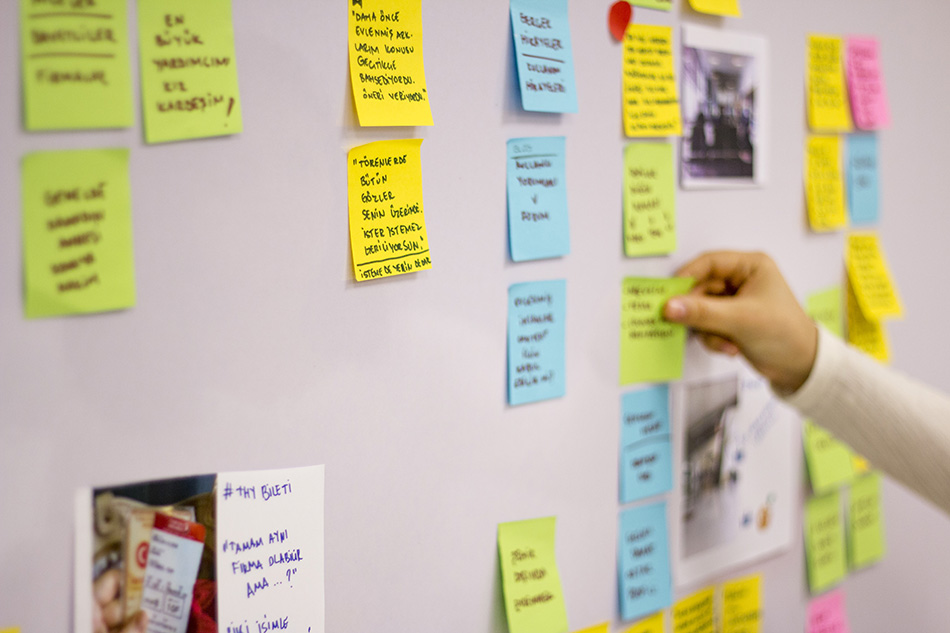
The recent news about NGPVAN acquiring BSD Tools, ActionKit, and DonorTrends, Crowdpac shutting down, and the unfortunate layoffs at Hustle (all in the first half of 2019!) point to a big problem for progressive and Democratic tech: building good technology that solves real problems for people in a sustainable way — and stays true to our progressive values — is hard.
Tech innovation in the progressive movement often takes one of two forms: in-house development of custom tools or the venture capital-driven Silicon Valley model that’s become standard in the tech industry. At Action Network, we’re not satisfied with either of those options. We’ve done something different to get the best of both worlds.
The Challenges of In-House Development
Some progressive organizations and campaigns opt to build technology in-house, to the specific needs of their organization or campaign. It’s easy to understand the temptation to go it alone: an organization can customize features, design, functionality, etc. to their own exact specifications. The downside is that this route is expensive and resource heavy. Organizations often lack the necessary staff and resources to maintain their tools or platforms, so these platforms are at risk of dying. When they do (and they frequently do), they are essentially rebuilt for the next cycle and by each organization or campaign that has the same need.
Washington, D.C. is littered with an invisible graveyard of tech projects that could have benefited the broader progressive movement (and sometimes did, for a while) but ultimately died from lack of institutional knowledge, staff turnover, or a shift in organizational priorities (few advocacy or campaigning organizations are solely dedicated to providing progressive movement technology, after all). Time and again, going it alone has failed progressives in the long run.
The Challenges of the For-Profit Approach
Meanwhile, technology companies that buy into the Silicon Valley for-profit approach face other challenges. Whether it’s an identity crisis over what it actually means to be progressive (or however you label ‘making positive change in the world’), sustainability challenges, or mismanagement driven by investor demands, the path to creating a viable, sustainable business that does good in the world can be tough. That’s been especially true for companies going the venture capital route, for whom growth is the goal. It’s an inherent danger to the model — when there’s a Wall Street venture capital firm making decisions about your company, what happens if (and when) your mission and your profit margin come into conflict?

Our Solution: Cooperative Design
We need a different model. One that gets the benefits of scale that technology companies offer but maintains progressive control. One where we can invest our resources confidently, knowing that the company won’t service Republicans or change mission at the behest of a Silicon Valley- or Wall Street-backed investment firm. One where technology grows with us and answers our users’ needs, rather than developing features to hit a sales quota.
As progressives, we believe that our movement’s tools should be cooperatively owned by the people who rely on them the most — organizers and campaigners in the progressive movement.
When big corporate actors, VC investors, or any entity from outside of the progressive movement invests in infrastructure the movement relies on, they wrench control away from the folks who rely on it the most.
We believe this growth-first, capital-backed model is wrong for the movement. That’s why we, in partnership with the AFL-CIO, developed a new-to-us model of cooperative design. Our shared goal: to create progressive movement technology that would be sustainable, responsive to movement needs, and reliably progressive.
We did this by creating development tables for both the Action Network and Action Builder toolsets. Members of the tables, all users, own our technology roadmap — what we build, and when we build it — meaning that we solve real problems for our partners. And their investment of time, money and expertise means that we can offer both platforms essentially at-cost to smaller organizations and campaigns. Plus, as an organization, we are entirely owned by a non-profit parent entity, which means our partners never need to worry that we’ll sell out to a corporation or investment firm or be so driven by profit that we lose sight of our mission focus.

Is our current model totally perfect? Of course not. We have changed our approach with our new Action Builder toolset to be more responsive to user needs, and we are tweaking our Action Network roadmap to incorporate a greater range of voices. Our model will continue to evolve to better meet movement needs.
As technologists, advocates, and funders debate what the next big thing is to keep the progressive movement’s competitive technology edge (or take it back, depending on what think-piece they’ve read last), whether that’s a new shiny startup mobile app or an all-in-one megatool that does everything, I want to offer a challenge: